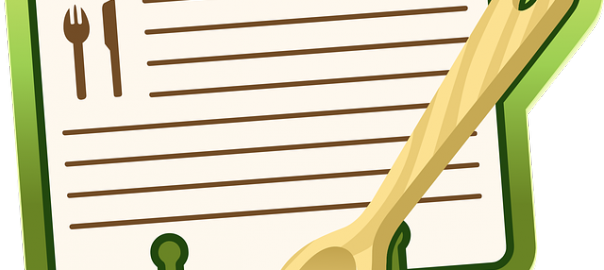Data is all around us, from the output of your Fitbit to interactive maps that track voters to the latest visualization of the New York Times front page. With the rise of mobile devices and wearable technology, data is more available to general audiences, and the amount being generated has also exploded …
One reason data literacy is vital is that “[i]n what some are calling a ‘post-truth world,’ students seem to focus on numbers a lot,” says Jo Angela Oehrli, learning librarian/children’s literature librarian at the University of Michigan Libraries. Students believe that if a number is connected to information, “it has to be a fact. But numbers are manipulated all of the time….We want students to have a tool kit of questions that they can use to question the data that is out there.”
To this end, Oehrli and Kristin Fontichiaro, clinical associate professor at the University of Michigan School of Information, have been leading an IMLS-funded project called Supporting Librarians in Adding Data Literacy Skills to Information Literacy Instruction. Through data literacy programs and data science training, librarians can ensure that students develop the skills to question and interpret data in the news or that they generate through their day-to-day activities. They might even set some students on the path toward a career in the expanding field of data science …
There are many resources that support teaching data literacy, no matter your background …
All of these tools can serve as the basis of a larger conversation about the role of data in public discussions, such as the way that schools use student data to make curriculum decisions or how local governments track traffic data to make decisions about signage and stoplights, and what questions students should ask when they encounter data and visualizations in their daily lives.
For those who want to go even further, the University of Michigan initiative Supporting Librarians in Adding Data Literacy Skills to Information Literacy Instruction has brought together a group of data and curriculum design experts to create professional development resources for librarians.
Under the guidance of Fontichiaro and Oehrli, this team hosted a free virtual conference in the summer of 2016, and they are preparing for a second one scheduled for July 20–21 2017.
The team has also written two books due out this fall, Creating Data Literate Students, which collects chapters by the curriculum experts on teaching data literacy in the classroom, and Data Literacy in the Real World: Conversations and Case Studies (both Maize Books), which will collect approximately 40 case studies about data literacy. The duo is also presenting a poster about their work, “Real Strategies to Address Fake News: Librarians, Data Literacy, and the Post-Truth World,” at the 2017 ALA Annual Conference this month.
The overarching message from all and other data initiatives? Don’t be scared by it. The goal is that “high school librarians will start to feel comfortable talking about data literacy issues with their students and fellow teachers,” Oehrli says.
“So many librarians were humanities majors with little exposure to data, and so many classroom teachers think of data in terms of test scores,” adds Fontichiaro. “By focusing on high-impact strategies, we want librarians and teachers to feel empowered by data, not victimized by it. Our early efforts show that a little knowledge has significant impact.”


